The ZTE Axon 30 Ultra appeared on the market in April 2021 and comes chock-full of attractive features. Let’s see how well its display performed in our comprehensive array of tests.
Key display specifications:
- 6.67-inch AMOLED display
- Resolution: 1080 x 2400 (395 ppi)
- Aspect ratio: 20:9
- Maximum refresh rate: 144 Hz
- Qualcomm Snapdragon 888 5G (5 nm)
About DXOMARK Display tests: For scoring and analysis in our smartphone and other display reviews, DXOMARK engineers perform a variety of objective and perceptual tests under controlled lab and real-life conditions. This article highlights the most important results of our testing. Note that we evaluate display attributes using only the device’s built-in display hardware and its still image (gallery) and video apps at their default settings. (For in-depth information about how we evaluate smartphone and other displays, check out our articles, “How DXOMARK tests display quality” and “A closer look at DXOMARK Display testing.”)
Test summary
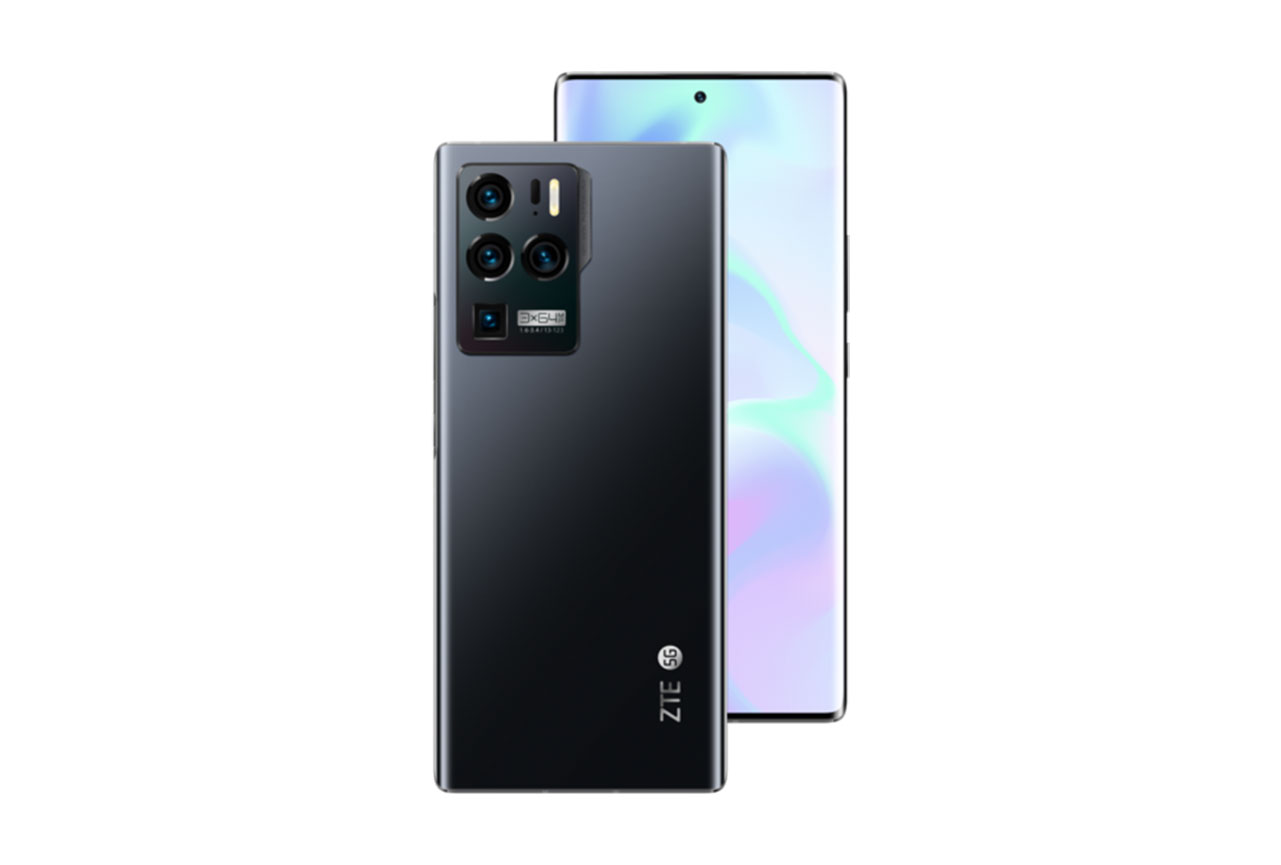 ZTE Axon 30 Ultra
ZTE Axon 30 Ultra

78
display
61
Apple iPhone 13 Pro Max
Best: Apple iPhone 13 Pro Max (76)
70
Sony Xperia 5 IV
Best: Sony Xperia 5 IV (92)
54
Samsung Galaxy S22 Ultra (Snapdragon)
Best: Samsung Galaxy S22 Ultra (Snapdragon) (91)
79
Huawei P40 Pro
Best: Huawei P40 Pro (87)
76
OnePlus 9
Best: OnePlus 9 (85)
86
Apple iPhone 13 Pro Max
Position in Global Ranking

79
th
1. Apple iPhone 13 Pro Max
99
6. Samsung Galaxy S22+ (Exynos)
93
6. Samsung Galaxy S22 Ultra (Snapdragon)
93
6. Samsung Galaxy S22 Ultra (Exynos)
93
11. Samsung Galaxy S22 (Snapdragon)
92
11. Samsung Galaxy S22 (Exynos)
92
13. Samsung Galaxy S21 Ultra 5G (Exynos)
91
16. Samsung Galaxy S21 FE 5G (Snapdragon)
90
16. Samsung Galaxy Note20 Ultra 5G (Snapdragon)
90
23. Samsung Galaxy Z Fold3 5G
89
23. Samsung Galaxy Z Flip3 5G
89
23. Samsung Galaxy Note20 Ultra 5G (Exynos)
89
31. Apple iPhone 12 Pro Max
88
31. Vivo X70 Pro (MediaTek)
88
31. Vivo X60 Pro 5G (Snapdragon)
88
39. Samsung Galaxy S20 Ultra 5G
87
48. Apple iPhone SE (2022)
86
48. Oppo Reno6 Pro 5G (Snapdragon)
86
58. Apple iPhone 11 Pro Max
84
71. Samsung Galaxy A52s 5G
79
71. Samsung Galaxy A52 5G
79
71. Xiaomi Redmi K50 Gaming
79
81. Samsung Galaxy A53 5G
77
85. Microsoft Surface Duo
74
95. Xiaomi Black Shark 3 Pro
61
97. Lenovo Legion Phone 2 Pro
53
Position in Premium Ranking

26
th
2. Samsung Galaxy S22 (Snapdragon)
92
2. Samsung Galaxy S22 (Exynos)
92
4. Samsung Galaxy S21 FE 5G (Snapdragon)
90
7. Vivo X70 Pro (MediaTek)
88
7. Vivo X60 Pro 5G (Snapdragon)
88
14. Oppo Reno6 Pro 5G (Snapdragon)
86
33. Lenovo Legion Phone 2 Pro
53
Pros
- Smooth and accurate touch while gaming and when browsing the web
- Great management of video frame drops and judder
- Instant video playback after moving in the timeline
Cons
- Poor color fidelity, with a strong pink cast on most still content and on HDR10 content
- Lack of brightness indoors and outdoors, especially under sunlight
- Visible steps during light transitions
- Frequent frame drops when gaming
The ZTE Axon 30 Ultra 5G’s strongest points are its control of artifacts and its smoothness when gaming and browsing the web, but its overall display performance is hampered by poor color reproduction characterized by a very strong pink cast.
Brightness vs Contrast comparison (0 Lux)
Brightness vs Contrast comparison (30 000 Lux)
The ZTE device is well adapted to low-light conditions, but it otherwise lacks brightness both indoors and outdoors, and shows distinct steps when adapting to lower light levels.
Readability indoors, from left to right: ZTE Axon 30 Ultra 5G, OnePlus 9 Pro, Oppo Reno6 Pro, Apple iPhone 13
(Photo credit: DXOMARK; for illustration only)
Further, the Axon 30 Ultra does not use a sunlight adaptation algorithm, which means that content under sunlight is barely readable.
Readability under sunlight, left to right: ZTE Axon 30 Ultra 5G, OnePlus 9 Pro, Oppo Reno6 Pro, Apple iPhone 13
(Photo credit: DXOMARK; for illustration only)
A strong pink cast is visible on most contents in all tested conditions, especially on skin tones.
Color rendering outdoors in shade, left to right: ZTE Axon 30 Ultra 5G, OnePlus 9 Pro, Oppo Reno6 Pro, Apple iPhone 13
(Photo credit: DXOMARK; for illustration only)
The left-hand chart below shows the ZTE Axon 30 Ultra 5G’s color fidelity in the P3 color space. The center of each circle is the target color; the further the tip of the arrow is outside of the circle, the more users will notice the difference between the color on the display and the original color of the source material. In the scatter chart on the right, each dot represents a measurement taken at a discrete angle and distance from the device showing a full white pattern. The Axon 30 Ultra 5G shows a shift toward green on angle.
ZTE Axon 30 Ultra 5G, color fidelity at 1000 lux in the P3 color space
ZTE Axon 30 Ultra 5G, scatter graph of white point on angle
The photo arrays below illustrate the color shift toward green measured in the scatter chart above.
Indoor color rendering on axis (top) and on angle (bottom), left to right: ZTE Axon 30 Ultra 5G, OnePlus 9 Pro, Oppo Reno6 Pro, Apple iPhone 13
(Photo credit: DXOMARK; for illustration only)
While the ZTE Axon 30 Ultra 5G’s video brightness is well suited for watching HDR10 content, mid-tone contrast lacks details and dark tones are hardly visible. The same strong pink cast is visible on HDR10 videos, including on skin tones, adversely affecting the overall experience.
Video color, clockwise from top left: left to right: ZTE Axon 30 Ultra 5G, Oppo Reno6 Pro, Apple iPhone 13, OnePlus 9 Pro
(Photo credit: DXOMARK; for illustration only)
The ZTE Axon 30 Ultra 5G shows no frame drops at 30 fps and just a few at 60 fps; however, it shows a lot of stutters when playing video games and motion blur is noticeable. A big plus is that video play resumes instantly after moving the slider forwards or backwards in the timeline. Another plus is that the device is quite smooth when browsing, when in the gallery app, and when gaming.
The ZTE device manages judder well, has smooth and accurate touch, and responds only rarely to ghost touches, but its measured touch-to-display response time at 103 ms, frequent stutters and visible aliasing make for an uncomfortable gaming experience overall.
ZTE Axon 30 Ultra 5G, closeup of aliasing
(Photo credit: DXOMARK; for illustration only)
ZTE Axon 30 Ultra 5G, closeup of aliasing
(Photo credit: DXOMARK; for illustration only)
ZTE Axon 30 Ultra 5G, closeup of aliasing
(Photo credit: DXOMARK; for illustration only)
 ZTE Axon 30 Ultra
ZTE Axon 30 Ultra


 79th
79th
 26th
26th



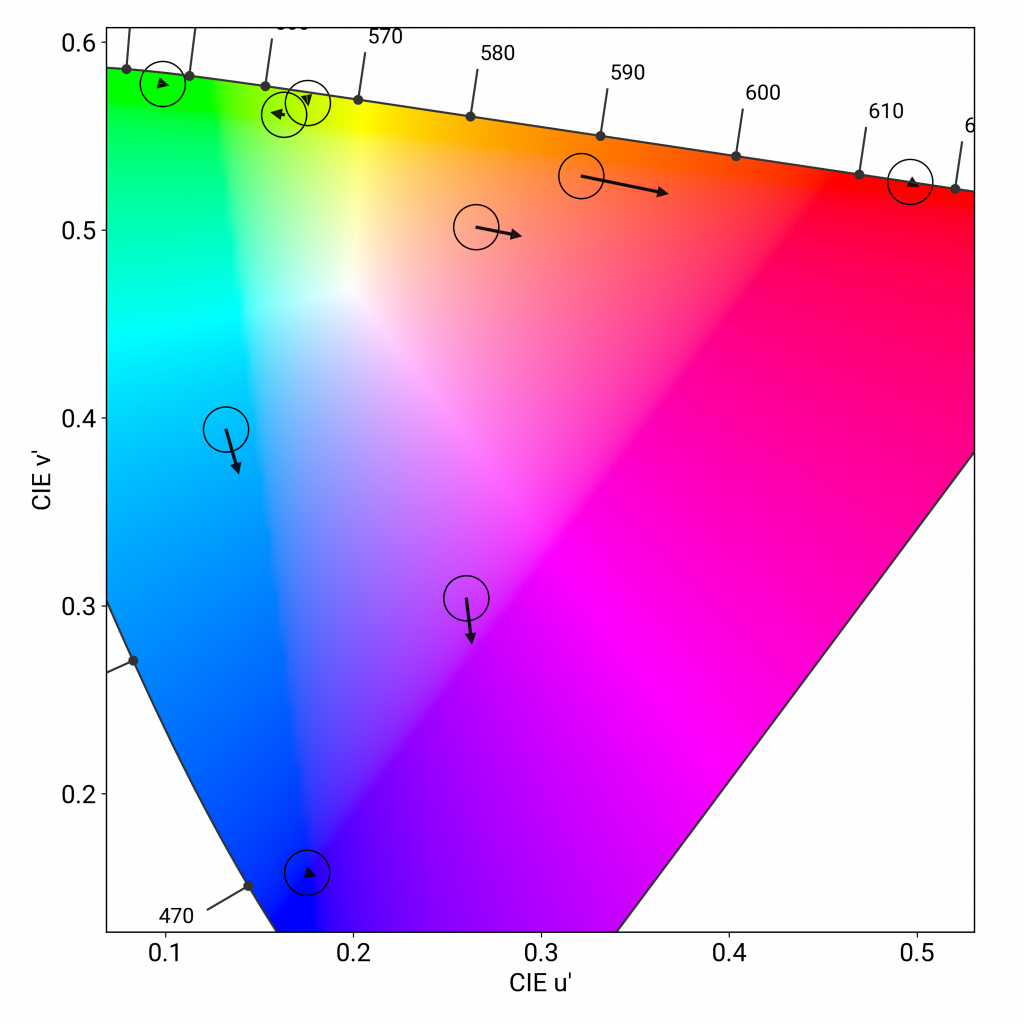
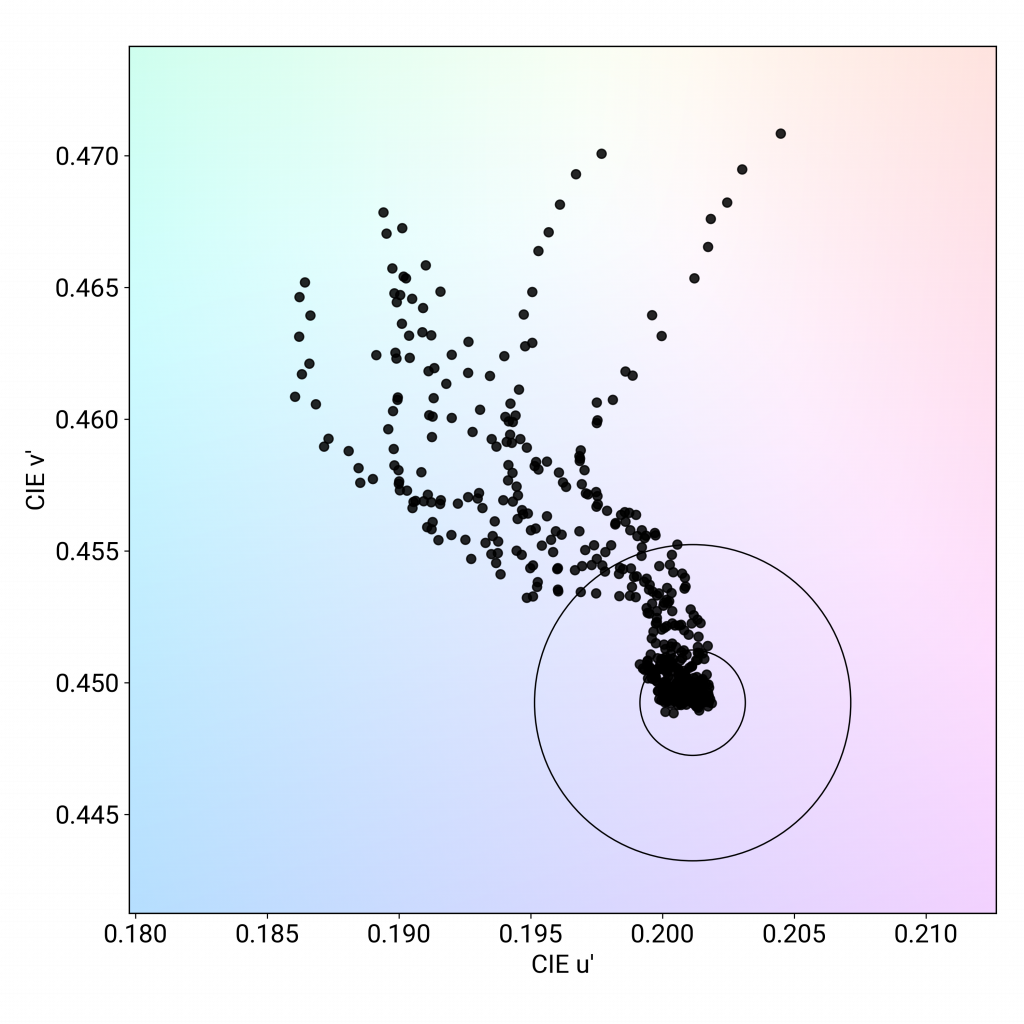
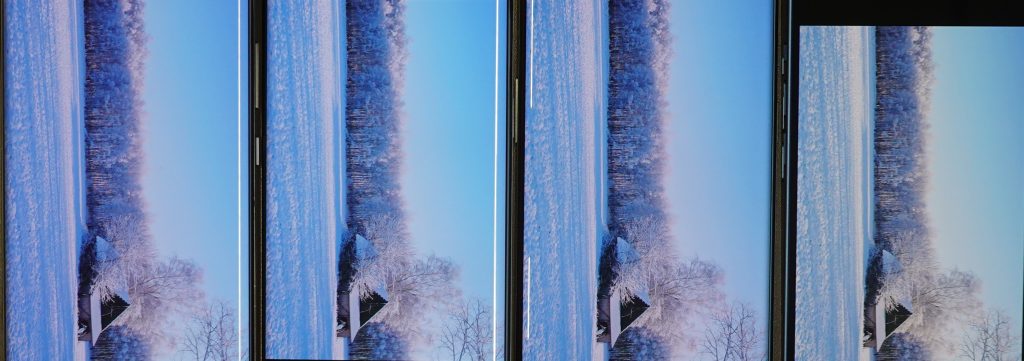




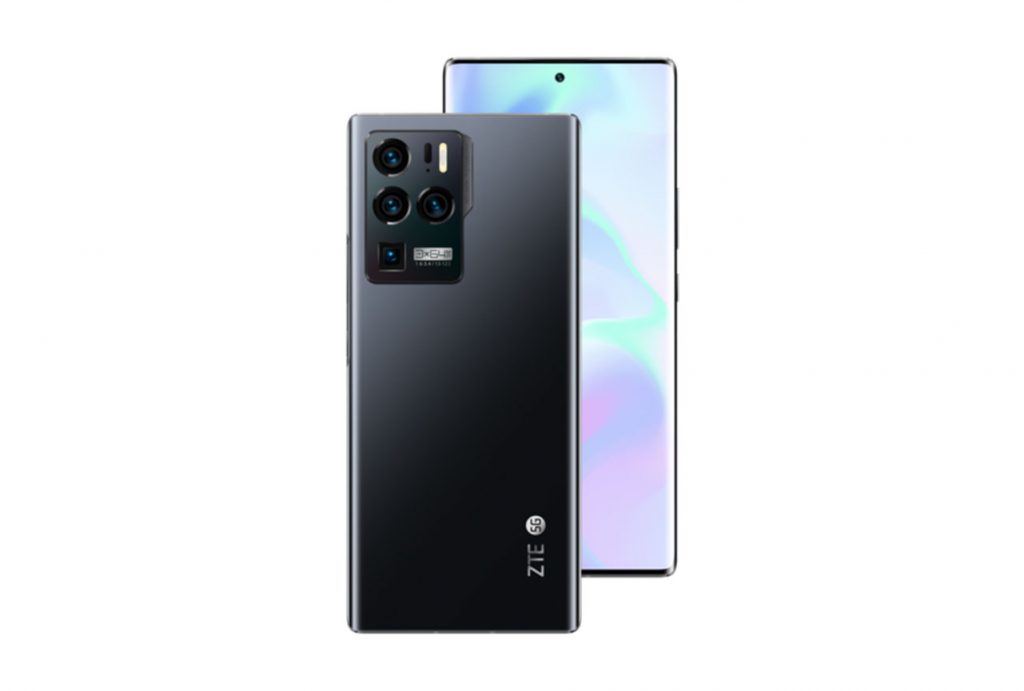





DXOMARK encourages its readers to share comments on the articles. To read or post comments, Disqus cookies are required. Change your Cookies Preferences and read more about our Comment Policy.